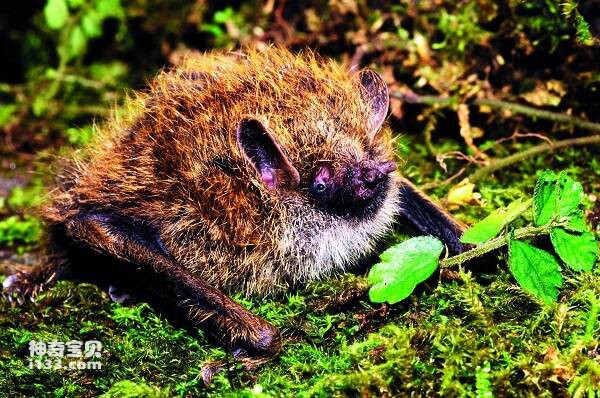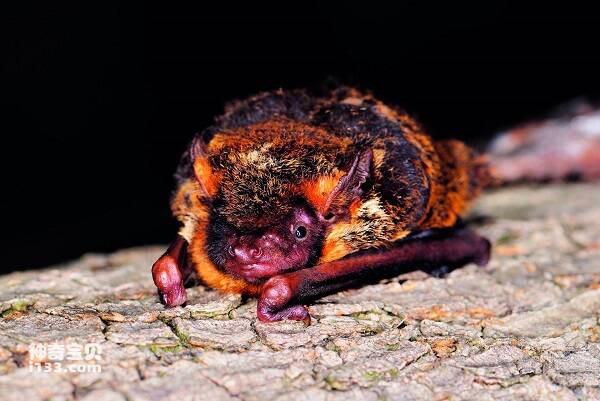
Harpiola isodon
Harpiola isodon
Small bat, distributed domestically in Taiwan and abroad in Vietnam. It is a···

Murina shuipuensis
Murina shuipuensis
Shuifu tubnosed bat was described by Eger and Lim in 2011 based on a male sp···

Murina recondita
Murina recondita
It is a relatively small bat distributed only in Taiwan. Typical nocturnal a···

Murina puta
Murina puta
Formosan tubenosed bats are found only in Taiwan. Found using banana dead le···

Murina jinchui
Murina jinchui
Jinchu tube-nosed bats are small in size and can be distinguished from North···

Murina gracilis
Murina gracilis
This species is endemic to China. It is only distributed in Taiwan. It is a ···

Murina feae
Murina feae
Tube-nosed bats are small, with forearms about 29mm long. The front end of t···

Murina fanjingshanensis
Murina fanjingshanensis
Fanjingshan Siphonophorus is similar to white-ventral and yellow-thorax siph···

Murina bicolor
Murina bicolor
The yellow-thorax bat is a medium-sized bat, which is a typical nocturnal an···

Murina aurata
Murina aurata
Golden tube-nosed bats are small, with forearms 28-32mm long. The nostrils a···

Plecotus taivanus
Plecotus taivanus
Formosan long-eared bats are found only in Taiwan. It is a typical nocturnal···

Falsistrellus affinis
Falsistrellus affinis
Medium size. The ear shell is long and wide, with blunt and rounded ends. Th···

Thainycteris torquatus
Thainycteris torquatus
Yellow-necked bats are currently found only in Taiwan, China. Medium bats ar···

Thainycteris aureocollaris
Thainycteris aureocollaris
Ringnecked bats are large, with forearms 47-52mm long; The hind foot is 9-12···

Pipistrellus javanicus abramus
Pipistrellus javanicus abramus
Pipistrella javanica is a small pipistrella. Hill & Harrison (1987) divi···

Myotis nipalensis
Myotis nipalensis
The Nepalese Myotis is relatively small, with a forearm length of 34-36.9mm.···

Submyotodon latirostris
Submyotodon latirostris
The habitat of the bat is not well known. Using narrow-band, constant-freque···

Myotis frater
Myotis frater
Long-tailed Myotis bats are found in Fujian Province. Allen (1923) named the···

Rhinolophus yunnanensis
Rhinolophus yunnanensis
Rhinolophus yunnanensis was published in 1872 by Dobson on the basis of two ···

Formosan lesser horseshoe bat
Formosan lesser horseshoe bat,Rhinolophus monoceros
This species is endemic to China, and because of its small size, it will be ···

Rhinolophus formosae
Rhinolophus formosae
It is a solitary bat, with only one or a few individuals found in a tunnel, ···
